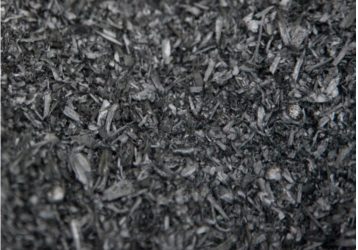Biomass carbon removal storage
What is biomass?
Biomass, or any matter from plants, animals, or other living things contain or capture carbon but after few decades, when the plant dies or the animal remains begin to decompose, most of their carbon is remitted back into the atmosphere. Nutshell, forestry waste, corn, miscanthus are good examples of plant-based biomass material.
What is biomass carbon removal storage?
Biomass carbon removal storage (BIRCS) refers to a series of techniques that use biomass to extract CO2 from the atmosphere and store it underground for decades or millennia.
BICRS can use a variety of biomass sources, including seaweed, specific energy crops, fibre-rich waste biomass, and managed forest cuttings. The benefit of utilising biomass for eliminating carbon from the atmosphere may outweigh the value of using biomass for energy.
Benefit of Biomass carbon removal storage
With the present availability of sustainable biomass, BiCRS has the potential to remove 2.5 to 5 Gt of CO₂ annually by 2050.
If the biomass is obtained from waste biomass, manageable forest cuts, and seaweed, it will remain a sustainable technology for carbon removal.
The science of biomass carbon removal storage

Our biomass carbon removal storage credit comes from programmes that employ sustainably produced feedstock, such as forestry leftovers, agricultural waste, and scrap wood.



